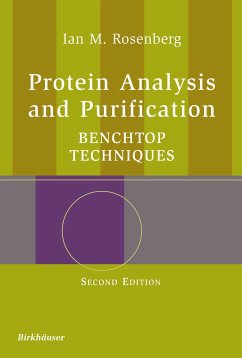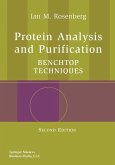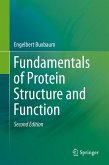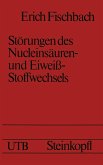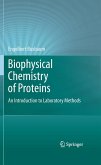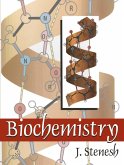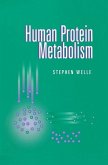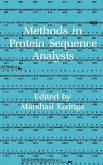New technologies and the manner in which scientific research is conducted have been fully incorporated into this thoroughly revised second edition of PROTEIN ANALYSIS AND PURIFICATION. Among the many topics introduced to this new edition are the use of robotics in the lab, the impact of the codification of the human genome, functional proteomics, mass spectrometry and the expanding use of bioinformatics as a tool to improve efficiency and productivity. The author has also included an annotated appendix of the educational materials and technical databases available online to enhance the researcher's benchside access to the latest resources. With solid explanations of the science asking the "why" and literally dozens of step-by-step protocols providing the "how", this new edition is a complete resource for the benchside.
Dieser Download kann aus rechtlichen Gründen nur mit Rechnungsadresse in A, B, BG, CY, CZ, D, DK, EW, E, FIN, F, GR, HR, H, IRL, I, LT, L, LR, M, NL, PL, P, R, S, SLO, SK ausgeliefert werden.

